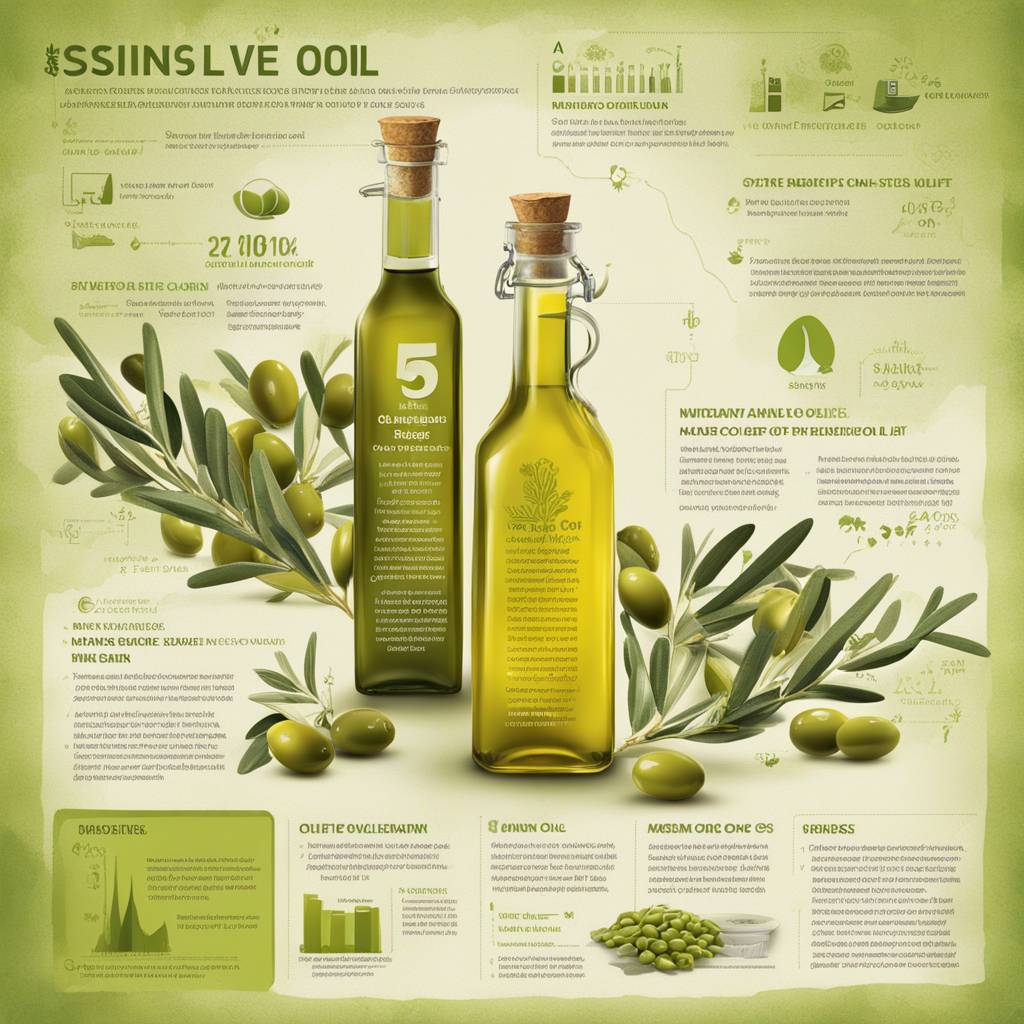The price of extra virgin olive oil (EVOO) has been skyrocketing in recent months due to low supply caused by poor harvests. Sylvain Charlebois, a professor of food distribution at Dalhousie University, reported a 15.2% increase in price between January and late March, with the average cost for a one-liter bottle now at $16 in Canada. This increase in price is a result of unprecedented weather conditions brought on by climate change, particularly in Europe. Countries like Portugal, Spain, and Greece, which are major producers of EVOO, have faced droughts for the past three years, leading to lower harvests and driving prices up.
International olive oil expert Fil Bucchino also noted the impact of the poor harvests on global production, with production of olive oil worldwide decreasing to 2.31 million metric tonnes in 2023/24 from 2.44 million metric tonnes in 2022/23. This decline in production has been seen over the past few years, with overall production down 36% in the last five years. Bucchino attributed the difficult harvests to a combination of factors, including cold and wet spring weather affecting pollination, followed by record-breaking hot temperatures and drought that caused fruit loss.
Despite the high prices, some consumers may opt for substitutes such as canola or vegetable oil due to the volatility of EVOO prices. However, EVOO remains a staple in many cultures, and countries with reserves will prioritize their domestic markets if supply runs low. Additionally, Bucchino remains optimistic about the future of olive oil, suggesting that higher prices for mass-produced EVOO may drive some buyers towards premium products that offer better value in terms of flavor and quality. Good quality olive oil is described as fruity, bitter, and spicy, enhancing the overall meal experience.
The challenges in olive oil production have been particularly acute in Spain, the largest producer of EVOO, where production was down 62% last year. The combination of weather-related issues such as droughts and poor pollination has led to a decline in overall olive oil production globally. These difficulties in production have resulted in significant price increases for EVOO, making it more expensive for consumers. Despite the challenges, experts suggest that the high prices may lead consumers towards more premium products that offer better value and quality.
With the ongoing impact of climate change on olive oil production, it is unlikely that prices will decrease in the near future. The combination of poor harvests in major producing countries and weather-related challenges has led to a decrease in global olive oil production over the past few years. While consumers may seek out alternatives to EVOO due to the high prices, the value and quality of premium olive oil products may ultimately attract buyers looking for a better culinary experience.Experts in the industry remain hopeful for the future of olive oil, emphasizing the unique qualities and benefits of good quality EVOO in enhancing the overall dining experience.














